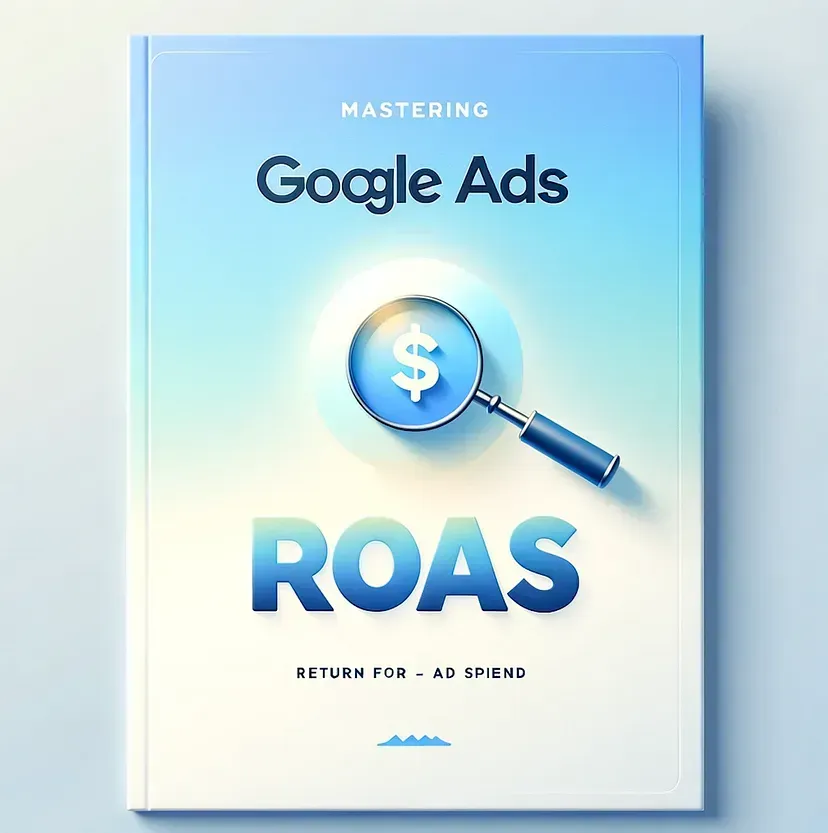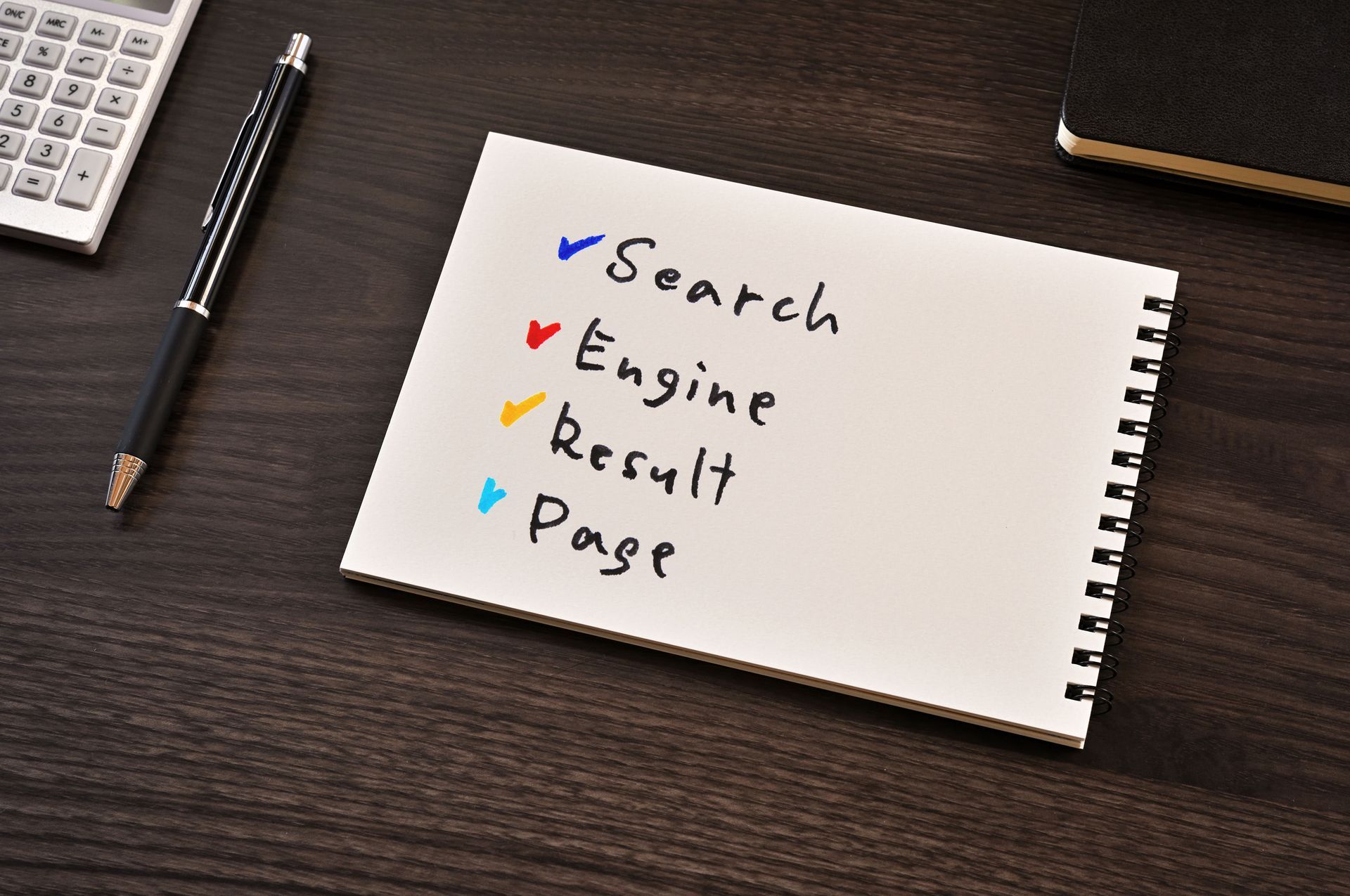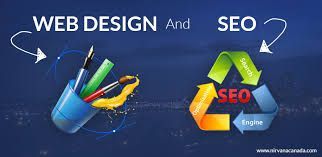Are There Quick Wins in SEO for Ad Buyers?
In the world of digital advertising, it can sometimes feel like success is elusive. Every ad buyer strives for that perfect campaign that yields incredible results. But what if there was a way to boost your advertising efforts quickly and effectively? Enter SEO, or search engine optimization, a powerful tool that can help ad buyers achieve those quick wins they crave. In this article, we will explore the ins and outs of SEO for ad buyers and uncover the strategies that can lead to rapid success.
Understanding SEO for Ad Buyers
Before we dive into the realm of quick wins, let's first understand the importance of SEO in advertising. In a world where competition is fierce, getting your ads noticed is crucial. SEO helps to improve your website's visibility in search engine results, making it more likely that potential customers will find and click on your ads.
The Importance of SEO in Advertising
SEO acts as a bridge between search engines and your ad campaigns. When you optimize your website for search engines, you increase the chances of your ads appearing in relevant search results. This not only drives traffic to your website but also improves the overall performance of your ad campaigns.
Key SEO Concepts for Ad Buyers
As an ad buyer, it's essential to grasp the key concepts of SEO to make informed decisions. Two essential concepts to familiarize yourself with are keywords and backlinks.
Keywords: These are the words or phrases that users enter into search engines when looking for information or products. By targeting relevant keywords in your ads and website content, you can increase your chances of appearing in search results.
Backlinks: These are links from other websites that point to your website. Search engines consider backlinks as a vote of confidence, indicating that your website is valuable and trustworthy. Building quality backlinks can improve your website's search engine rankings.
Quick Wins in SEO: What Are They?
Now that we have a basic understanding of SEO for ad buyers, let's explore the concept of quick wins. In the context of SEO, quick wins refer to strategies that can yield noticeable results in a relatively short amount of time. These strategies focus on making immediate improvements to your website's search engine visibility, helping you gain an edge over your competitors.
Defining 'Quick Wins' in SEO
Quick wins can take many forms, but they all share the common goal of delivering results quickly. Some examples of quick wins include optimizing meta tags, improving website load times, and fixing broken links. These actions can have an immediate impact on your search engine rankings, driving more organic traffic to your website.
Common Misconceptions About Quick Wins
While quick wins can provide a significant boost to your ad campaigns, it's essential to approach them with caution. One common misconception is that quick wins are a one-time fix-all solution. In reality, SEO requires consistent effort and ongoing optimization to maintain long-term success. Quick wins should be seen as a stepping stone rather than a final destination.
Strategies for Quick SEO Wins for Ad Buyers
Now that we understand what quick wins are and their limitations, let's explore some strategies that can help you achieve rapid SEO success as an ad buyer.
Keyword Optimization Techniques
Keywords are the backbone of SEO. By optimizing your ads and website content with relevant keywords, you can improve your search engine rankings and attract more targeted traffic. Conduct keyword research to identify valuable keywords related to your ad campaigns, and strategically incorporate them into your content.
Additionally, consider using long-tail keywords, which are more specific and typically have less competition. These keywords can help you target a niche audience and drive quality traffic to your website.
On-Page SEO Tactics
Another crucial aspect of quick SEO wins is on-page optimization. This involves optimizing elements on your website, such as titles, headings, and meta tags, to make them more search-engine-friendly. Ensure that your website is easily navigable, with a clear URL structure and intuitive internal links.
Furthermore, focus on creating high-quality, informative content. Search engines prioritize websites that provide value to users, so invest time and effort in crafting engaging and user-friendly content that aligns with your ad campaigns.
Off-Page SEO Approaches
In addition to on-page optimization, off-page SEO strategies can also contribute to quick wins. Building high-quality backlinks from reputable websites can significantly improve your search engine rankings. Reach out to industry influencers, collaborate on guest posts, or create valuable content that naturally attracts backlinks.
Additionally, leverage social media platforms to promote your ads and drive traffic back to your website. Engage with your target audience, share valuable content, and encourage social sharing to increase your online presence.
Measuring the Impact of Quick SEO Wins
As an ad buyer, it's crucial to measure the impact of your SEO efforts to understand their effectiveness. Without proper tracking and analysis, it's challenging to identify what strategies are delivering results and what areas need improvement.
Tools for Tracking SEO Success
Fortunately, numerous tools are available to help track and measure your SEO success. Google Analytics and Google Search Console are invaluable resources for understanding how your website is performing in search engine results. These tools provide invaluable data on organic traffic, keywords, and user behavior, empowering you to make data-driven decisions.
Interpreting SEO Metrics
When analyzing SEO metrics, keep in mind that every business and campaign is unique. Focus on the metrics that align with your specific goals. For instance, if your objective is to drive more traffic to your website, monitor metrics such as organic search traffic and bounce rate. If you're more interested in conversions, track metrics such as conversion rate and cost per acquisition.
Risks and Considerations in Pursuing Quick SEO Wins
While quick SEO wins can provide a boost to your ad campaigns, there are risks and considerations to keep in mind.
Potential Pitfalls of Quick Wins
One potential pitfall of pursuing quick wins is that they can sometimes lead to short-term gains at the expense of long-term success. Quick optimization techniques, such as keyword stuffing or purchasing backlinks, can result in penalties from search engines, causing more harm than good. It's crucial to prioritize sustainable, ethical SEO practices over quick fixes.
Balancing Quick Wins with Long-Term SEO Strategy
Quick wins are an excellent avenue to jumpstart your ad campaigns, but they should be balanced with a long-term SEO strategy. Investing in comprehensive SEO practices, such as content marketing and ongoing optimization, will yield sustainable results over time. Take the time to develop a holistic SEO approach that combines quick wins with a focus on long-term success.
As an ad buyer, achieving quick wins in SEO is indeed possible. By understanding the importance of SEO in advertising, defining quick wins, and implementing effective strategies, you can take your ad campaigns to new heights. Remember to measure your SEO efforts, be mindful of potential risks, and strike a balance between quick wins and long-term success. With dedication and strategic execution, you'll be on your way to SEO success in no time.










